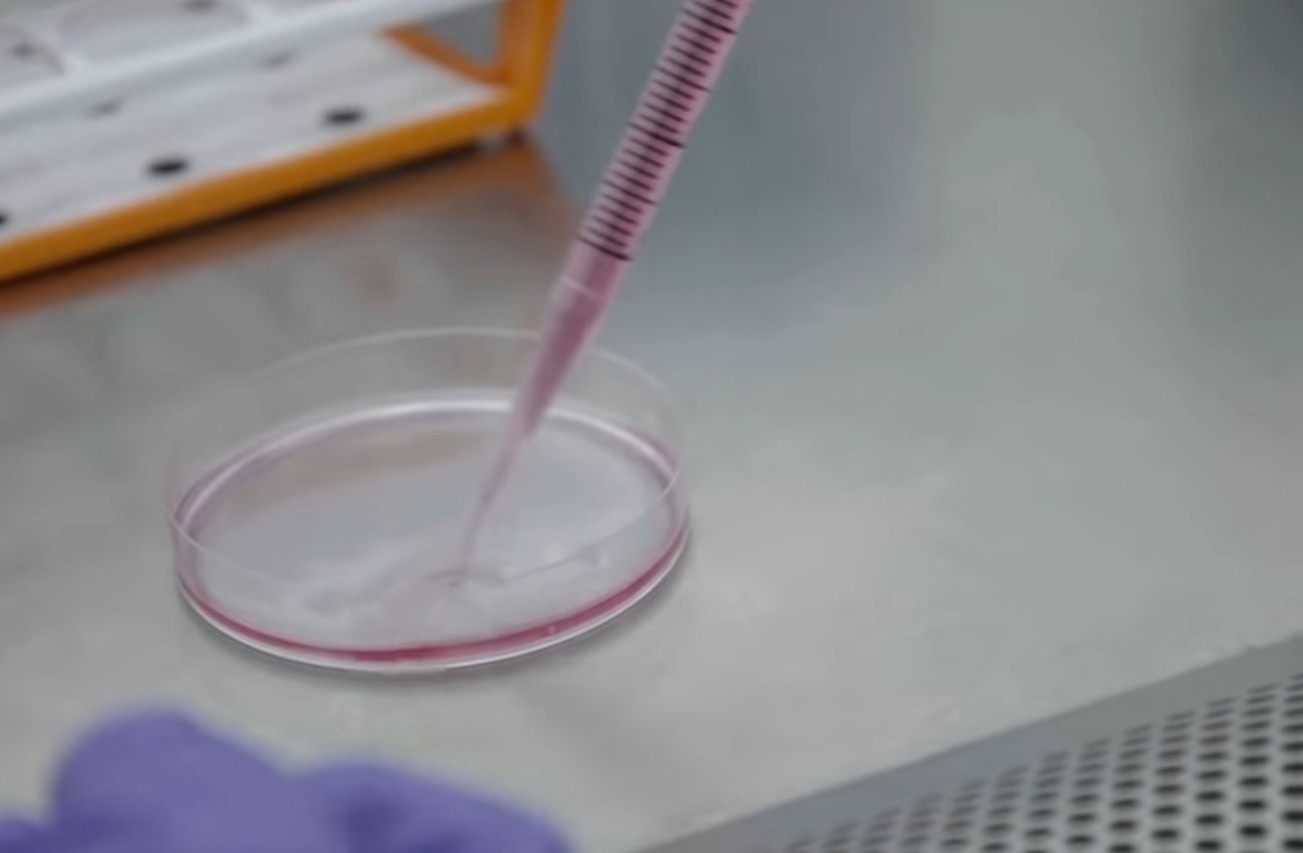
Photo :webshot.
April 9, 2022
Andrew Campbell
Professor Wolf Reik of the Babraham Institute in Cambridge, the research team's leader, has rejuvenated a 53-year-old woman's skin cells to the level of a 23-year- old's. The groundbreaking study " Multi-omic rejuvenation of human cells by maturation phase transient reprogramming" was published in eLife magazine on April 8, was at a very early stage. The ultimate goal is to find treatments for diseases associated with aging, such as diabetes, heart disease, and neurological disorders.
The technology is based on the same technology that was used to clone Dolly the sheep more than a quarter-century ago. Dolly was cloned by researchers at the Roslin Institute in Scotland, who devised a process for converting a sheep's mammary gland cell into an embryo. A gland from a six-year-old Finn Dorset sheep and an egg cell from a Scottish Blackface sheep were used in the study. Dolly was born on July 5, 1996.
The steady loss of organismal fitness that occurs over time, leading to tissue dysfunction and illness, is referred to as aging. Aging is linked to decreased function, changed gene expression, and a disrupted epigenome at the cellular level. Scientists have created the first maturation phase transient reprogramming (MPTR) approach, in which reprogramming factors are produced until they reach this rejuvenation threshold, then their induction is stopped. Overall, researchers show that rejuvenation may be distinguished from total pluripotency reprogramming, paving the way for the discovery of new anti-aging genes and therapeutics.
